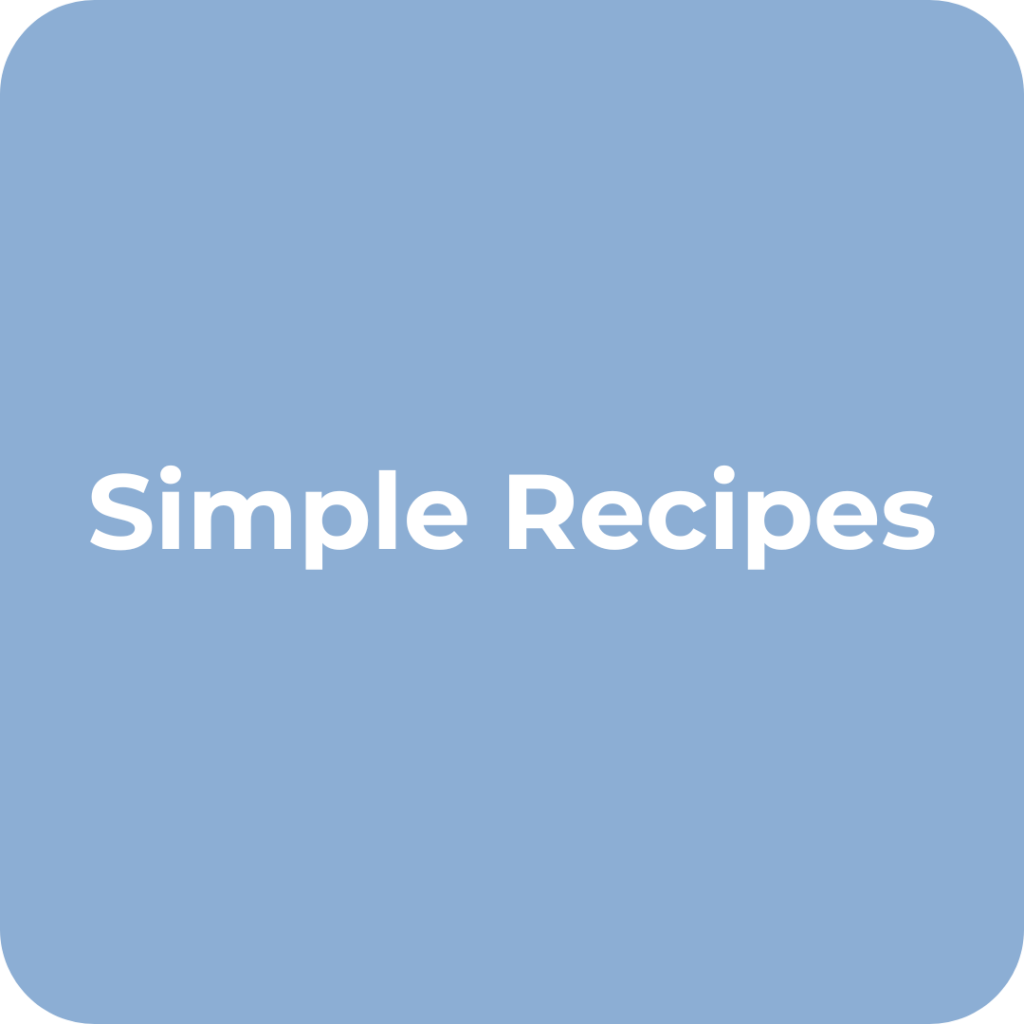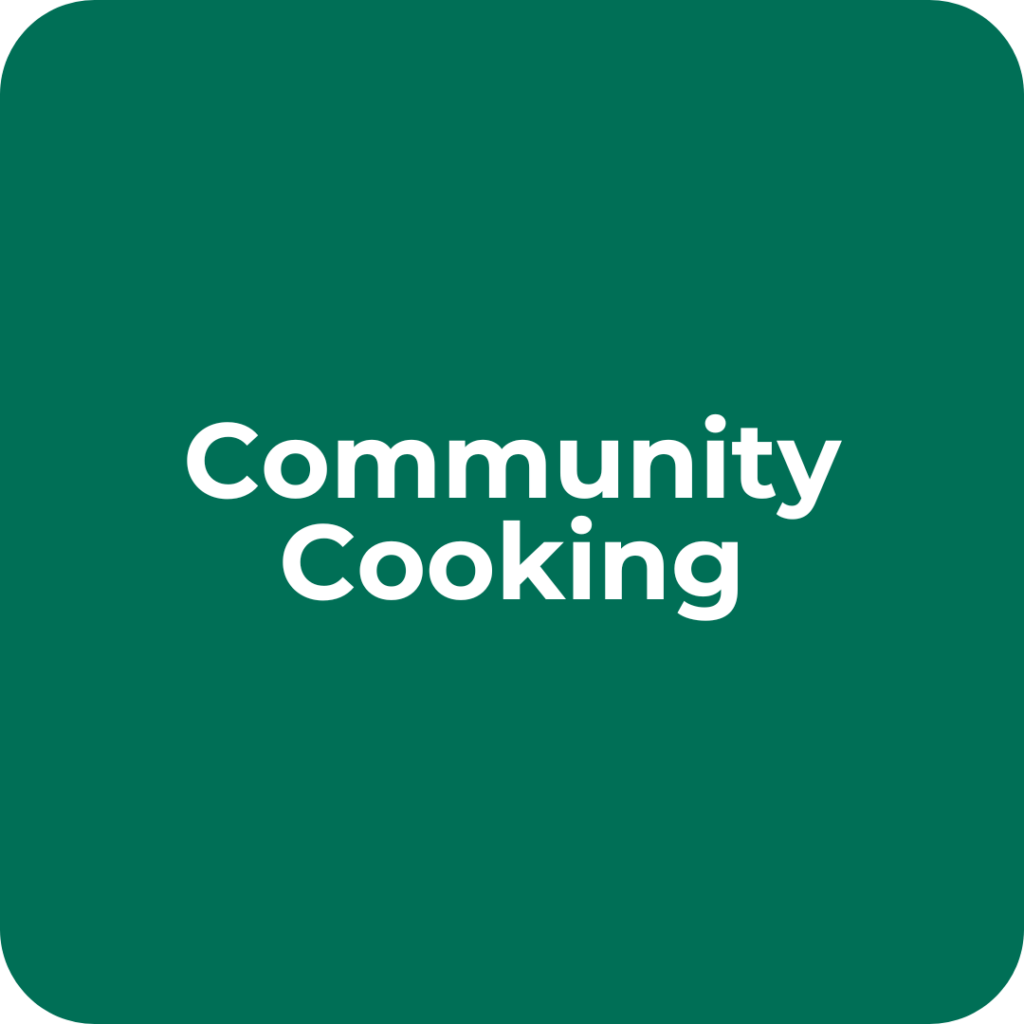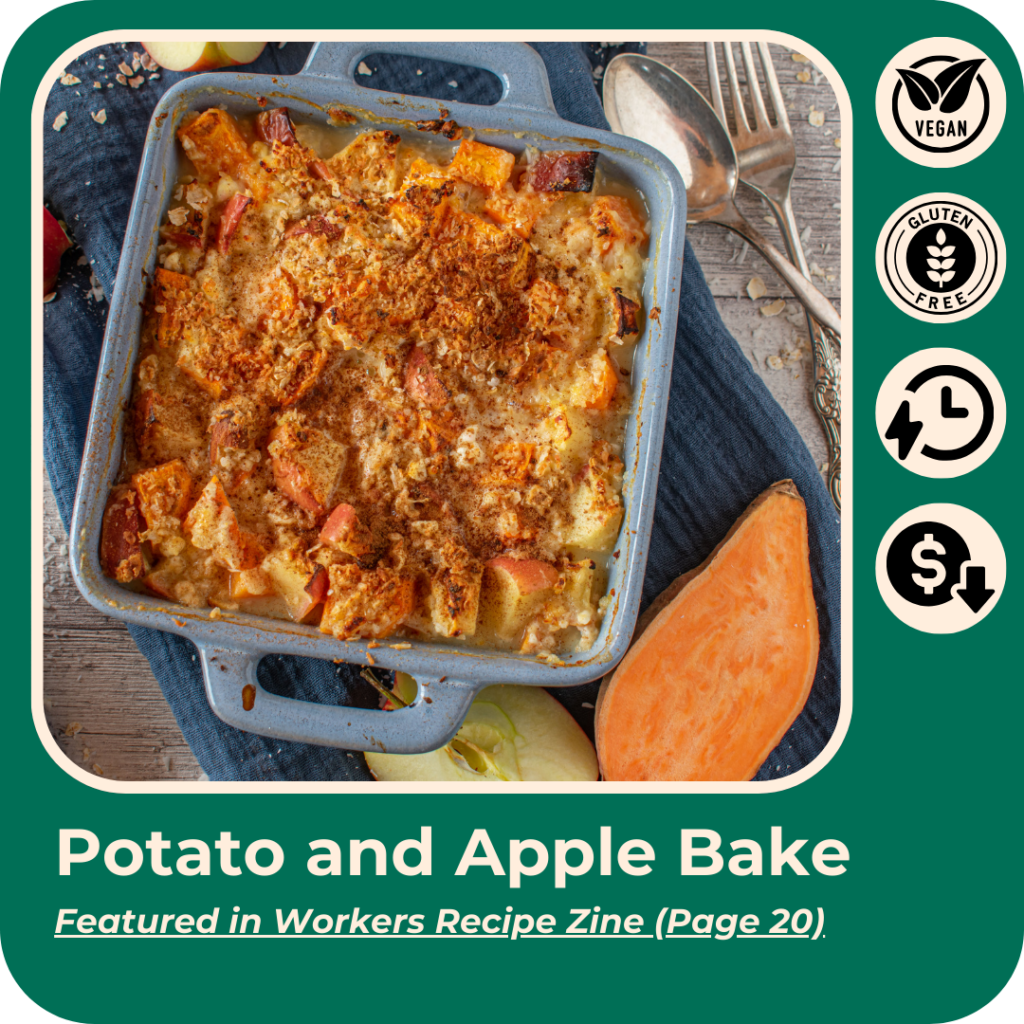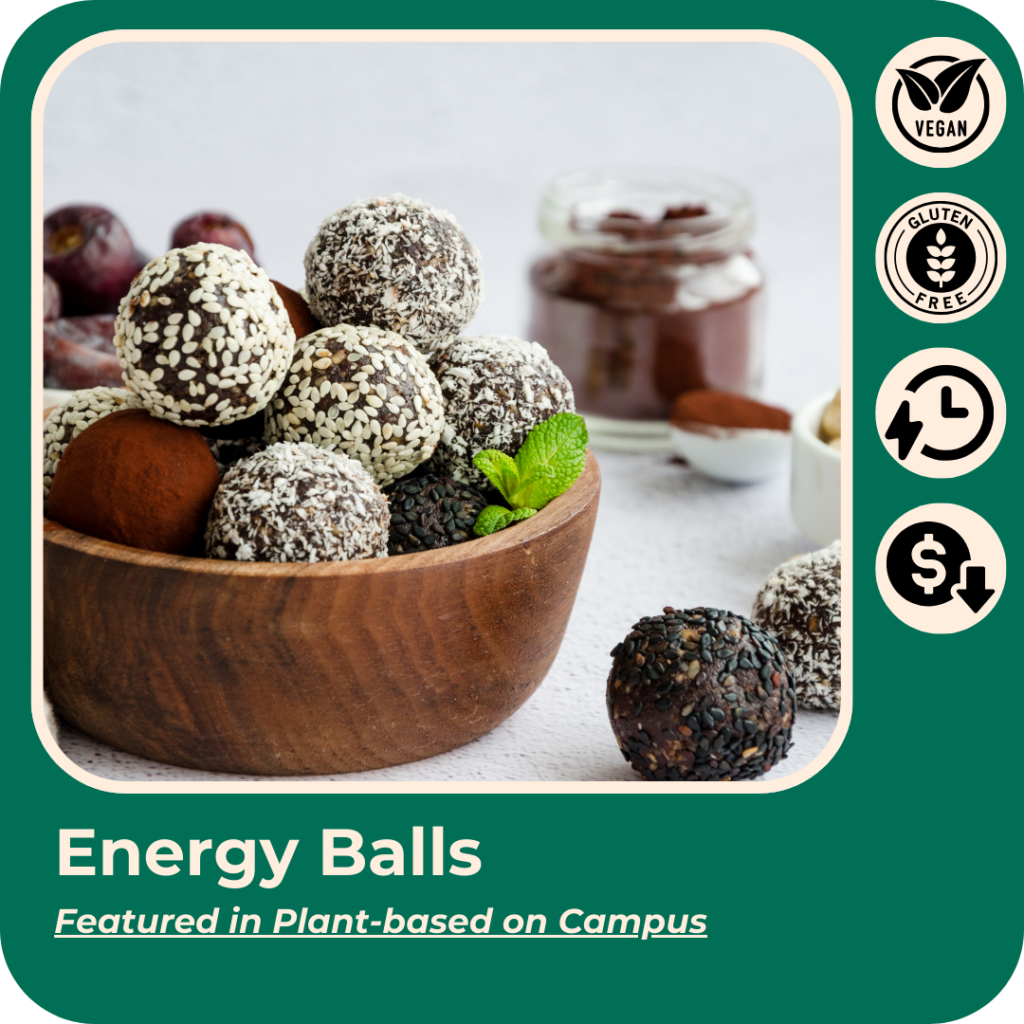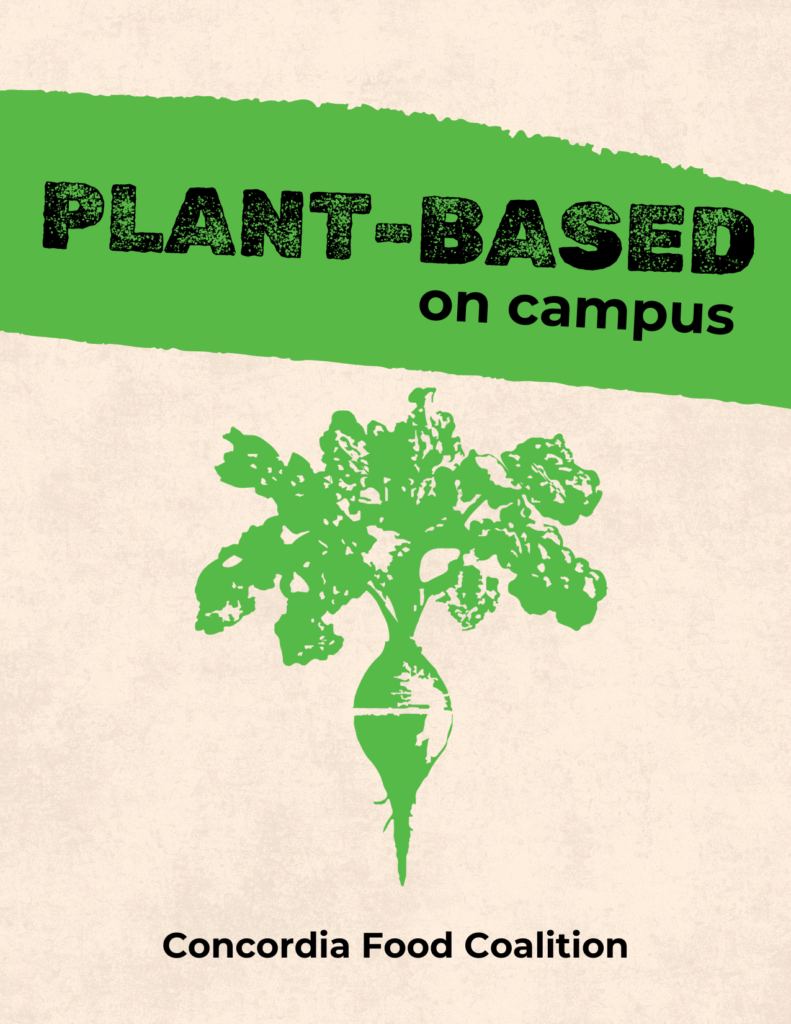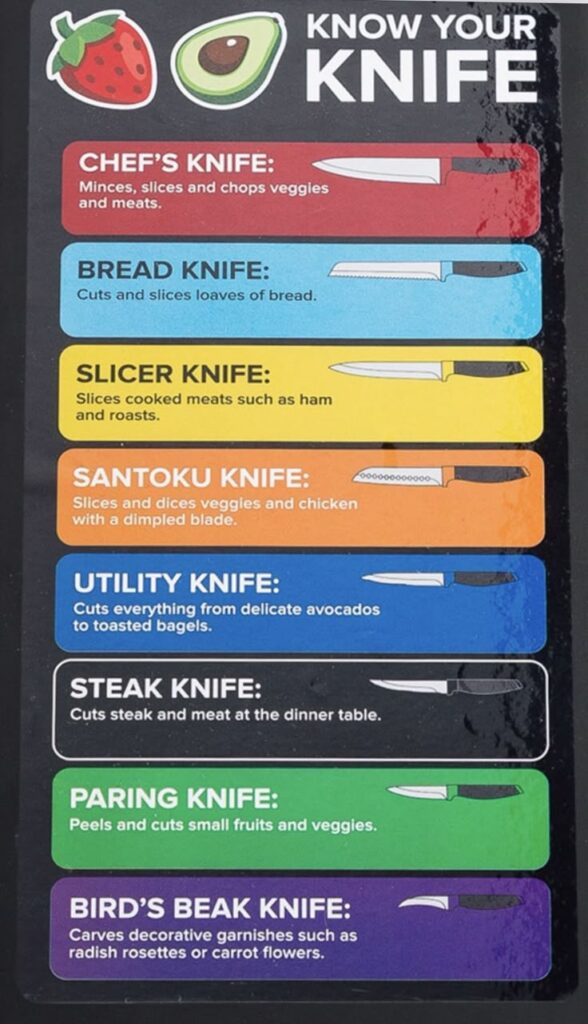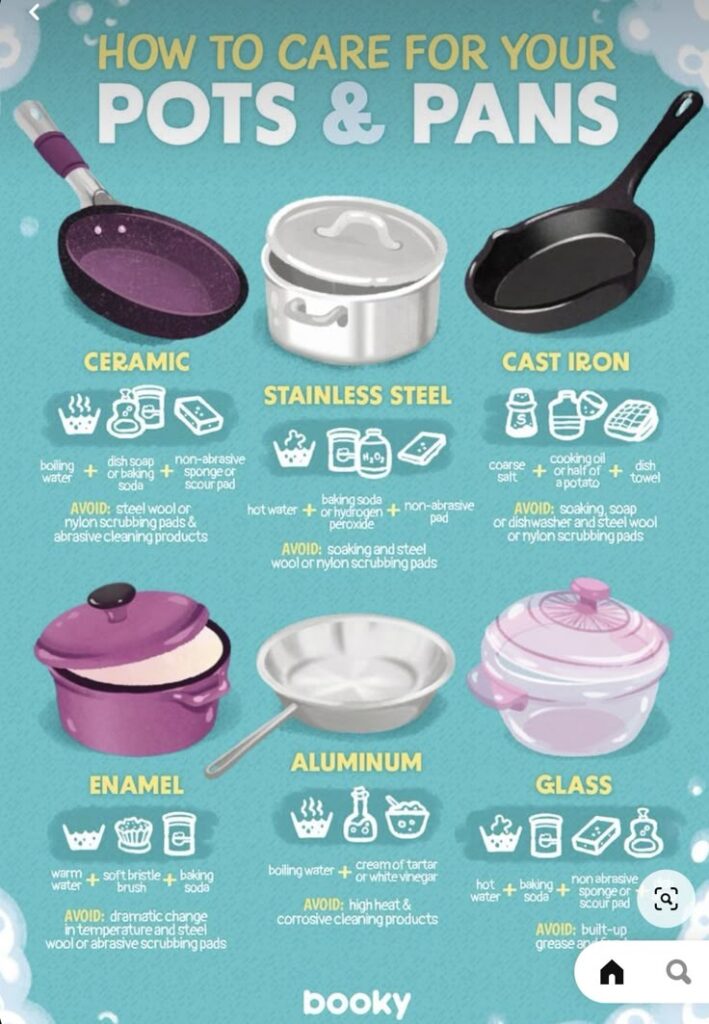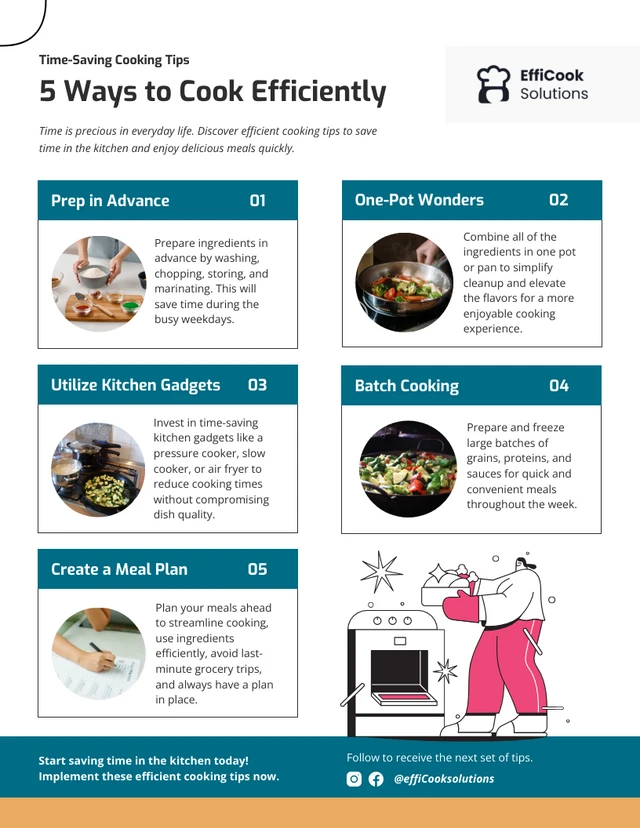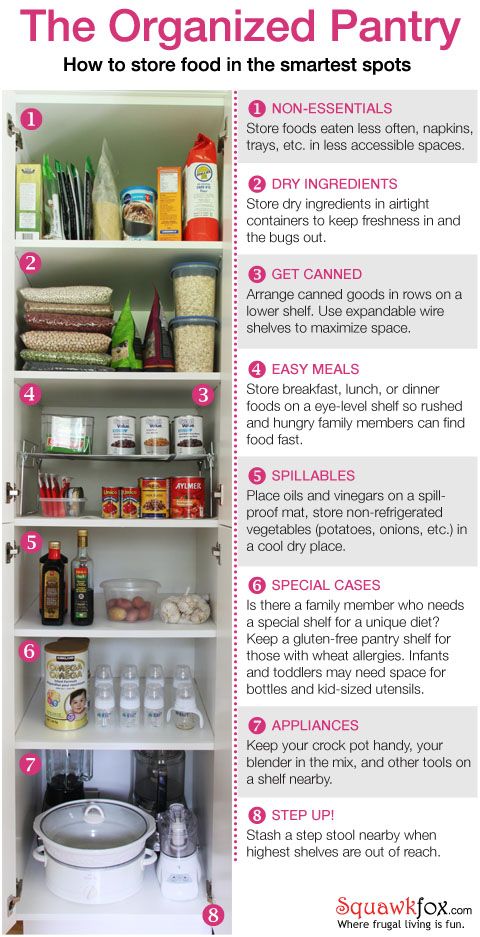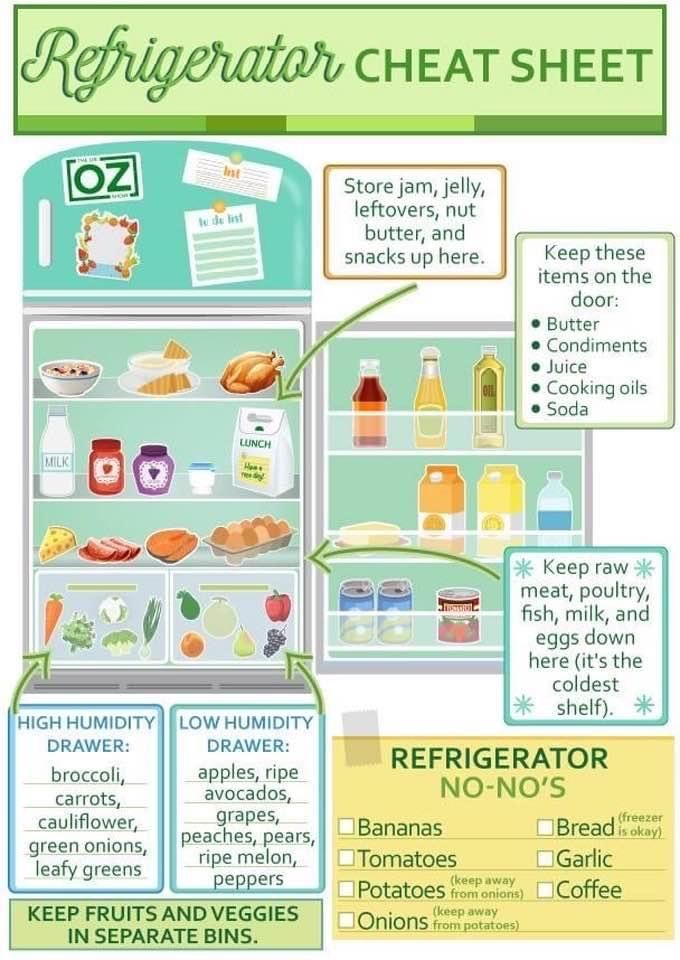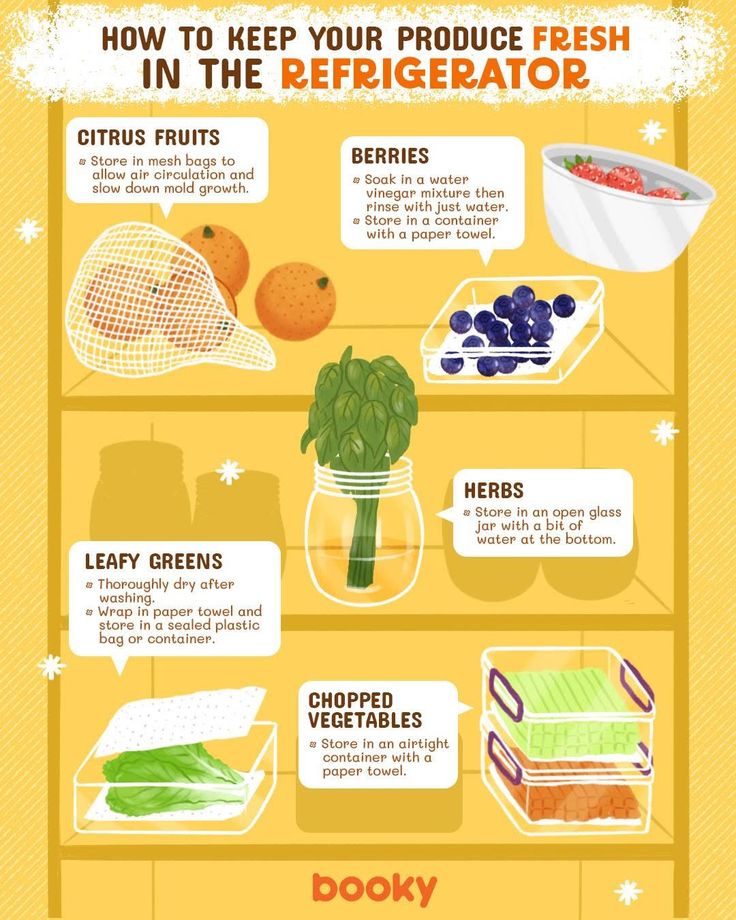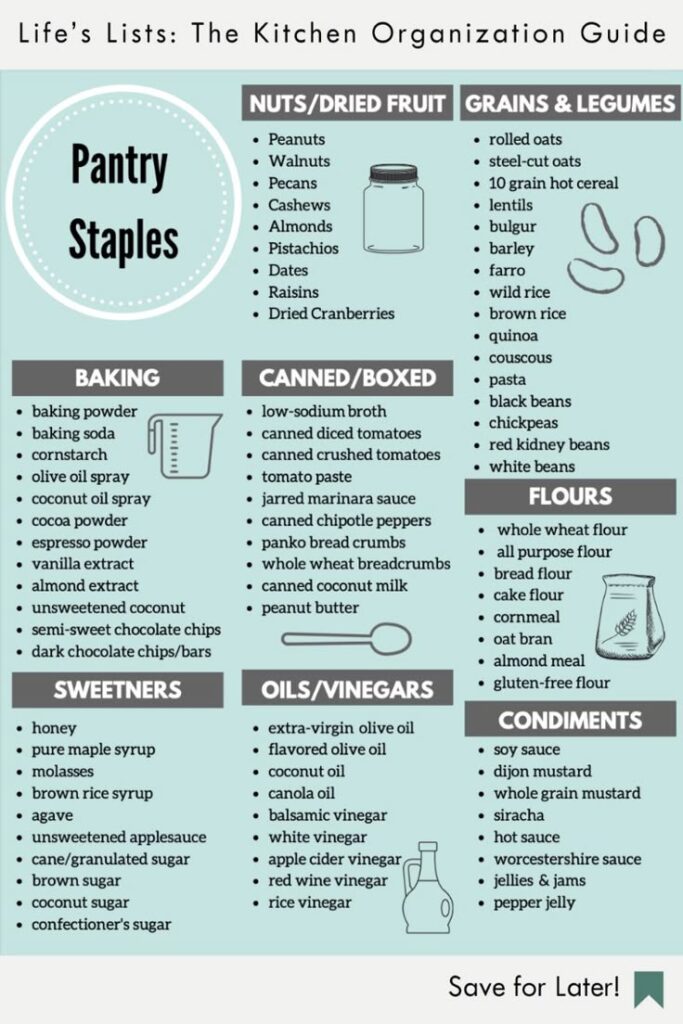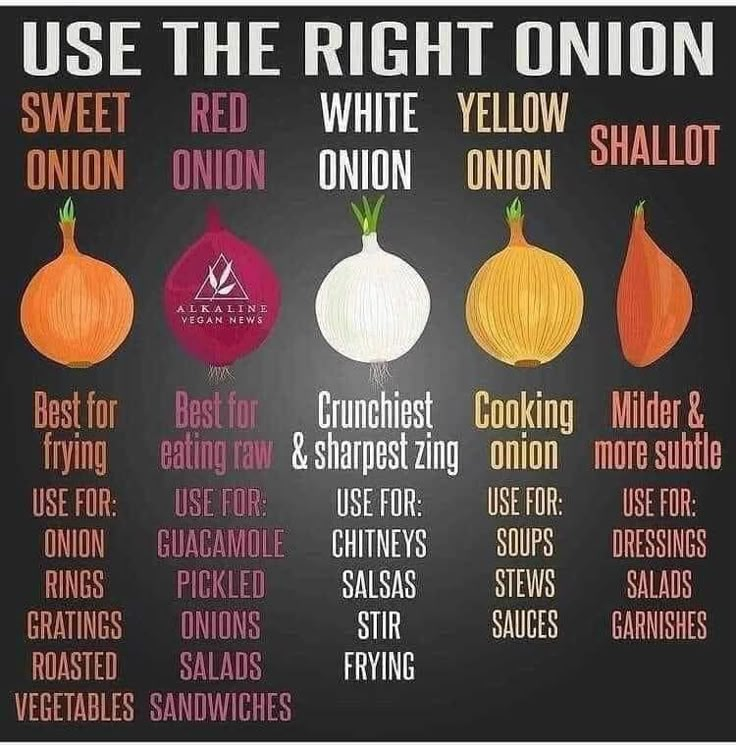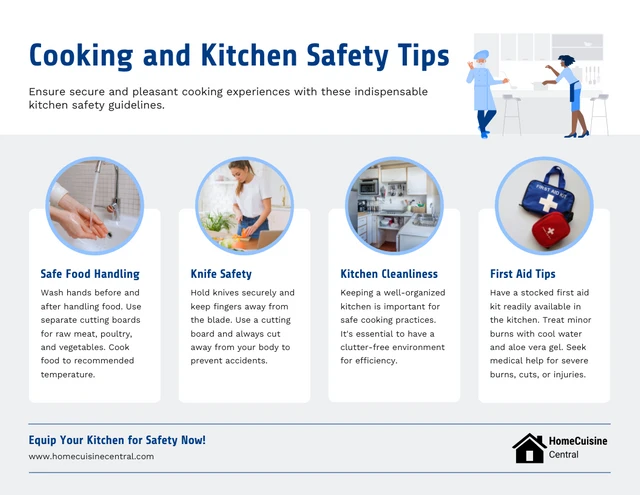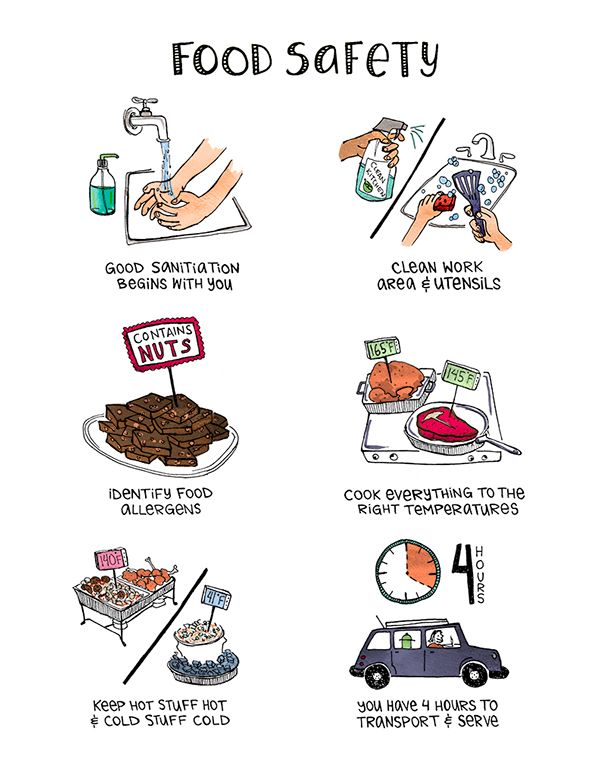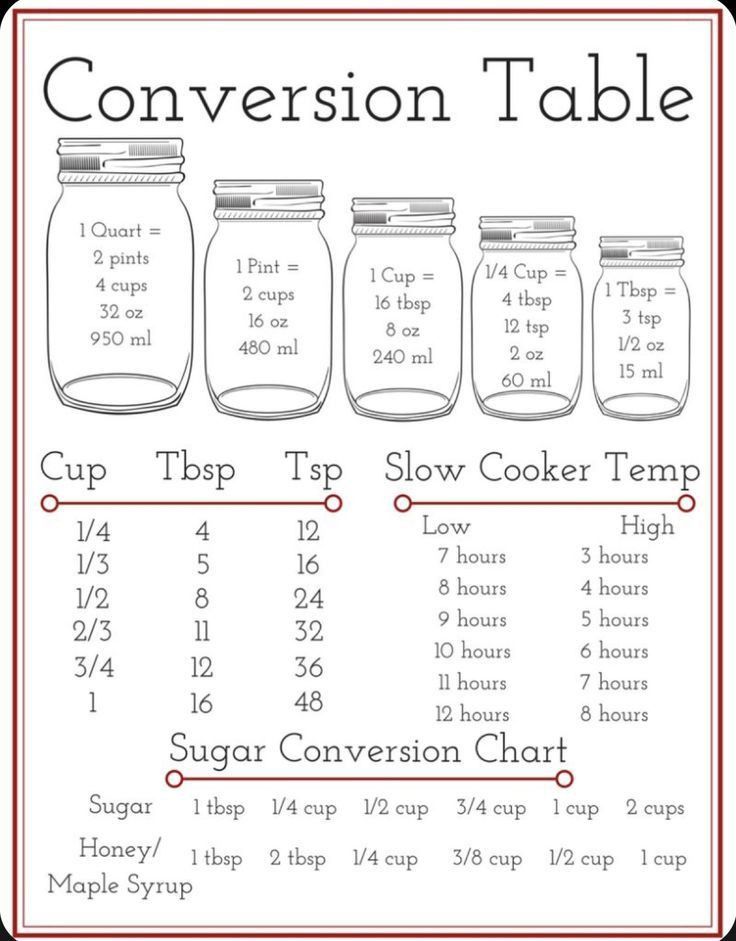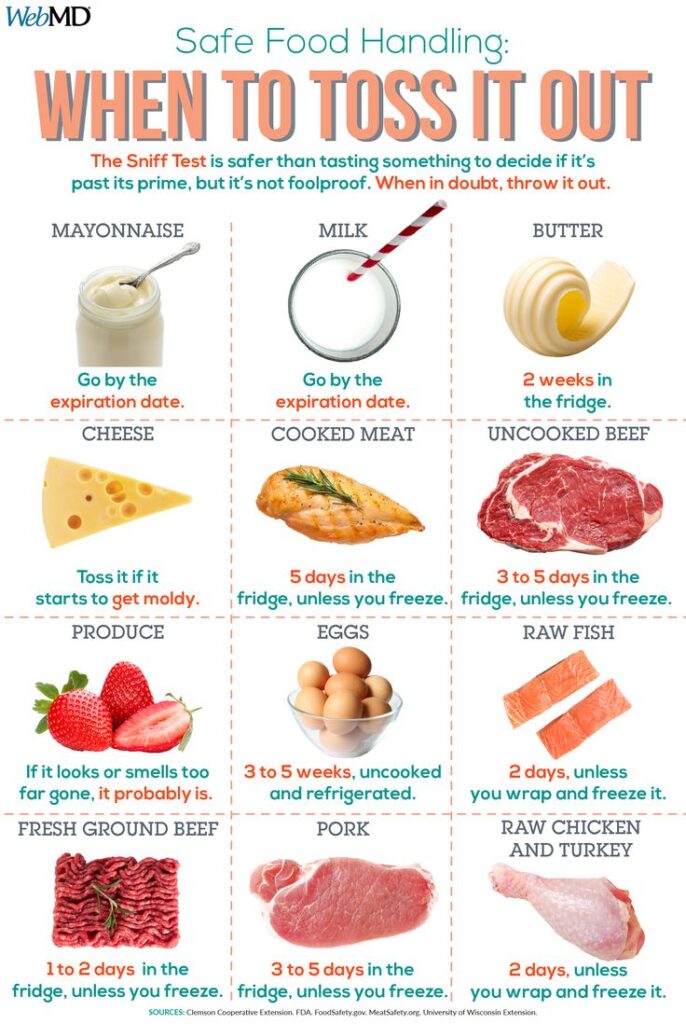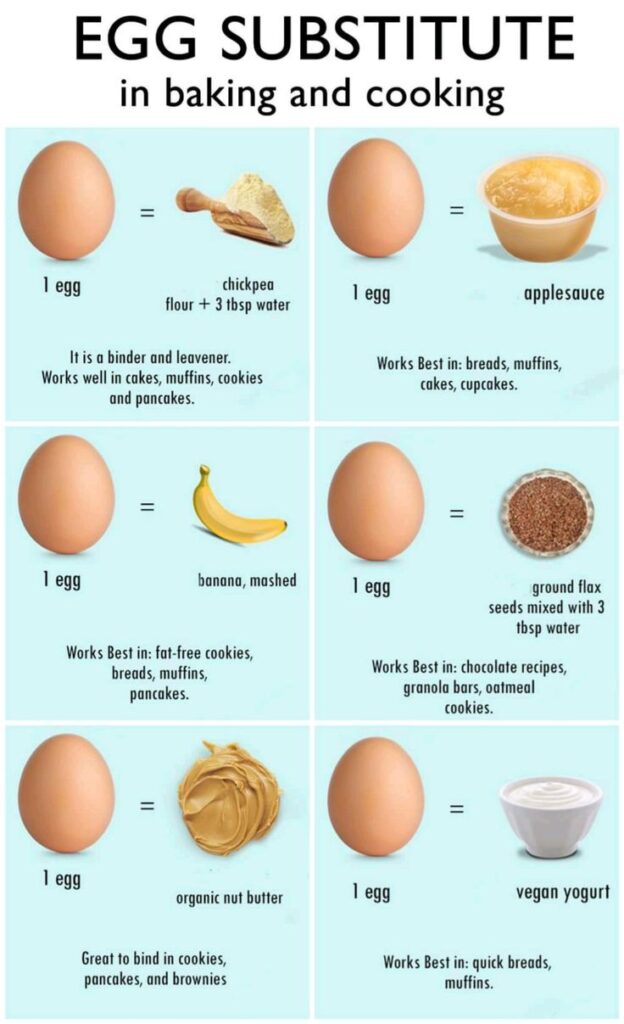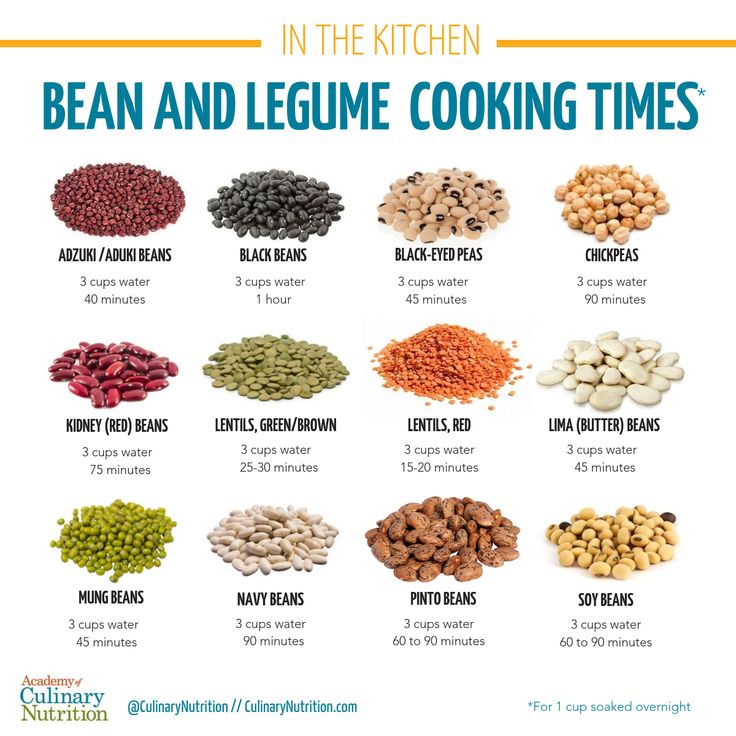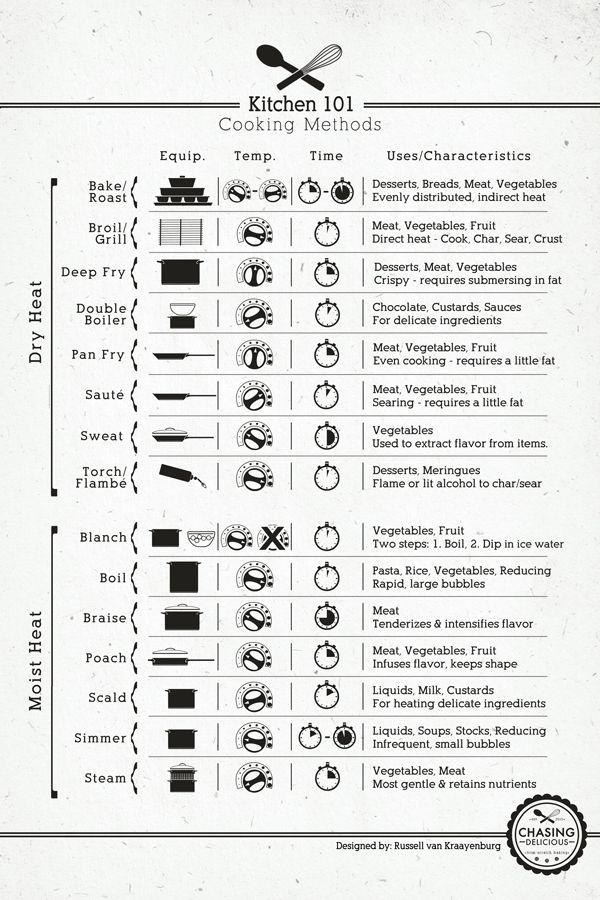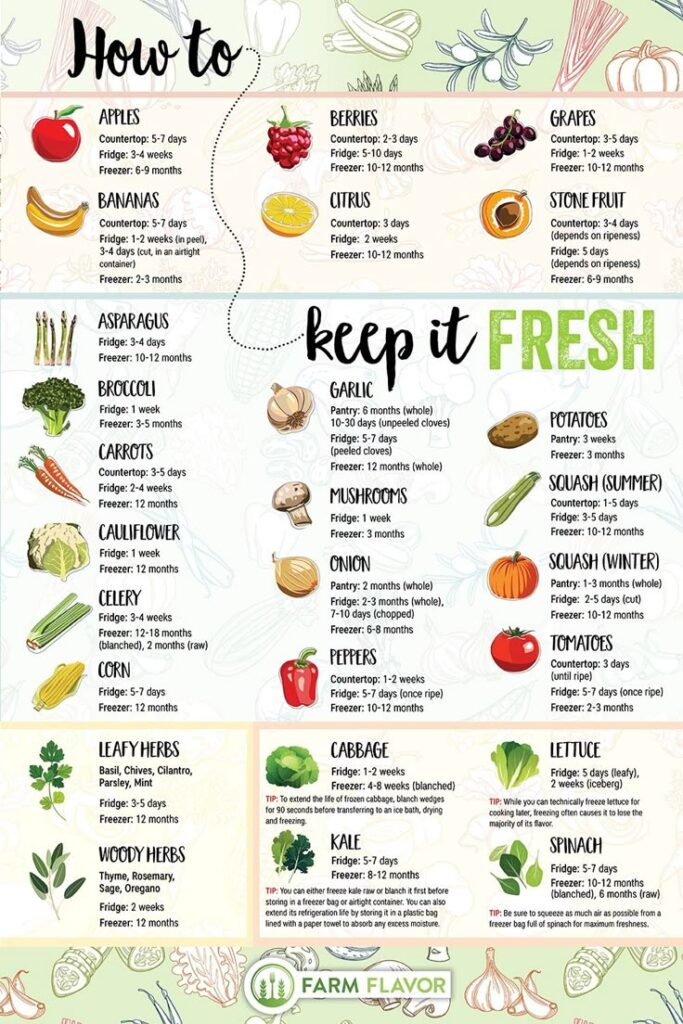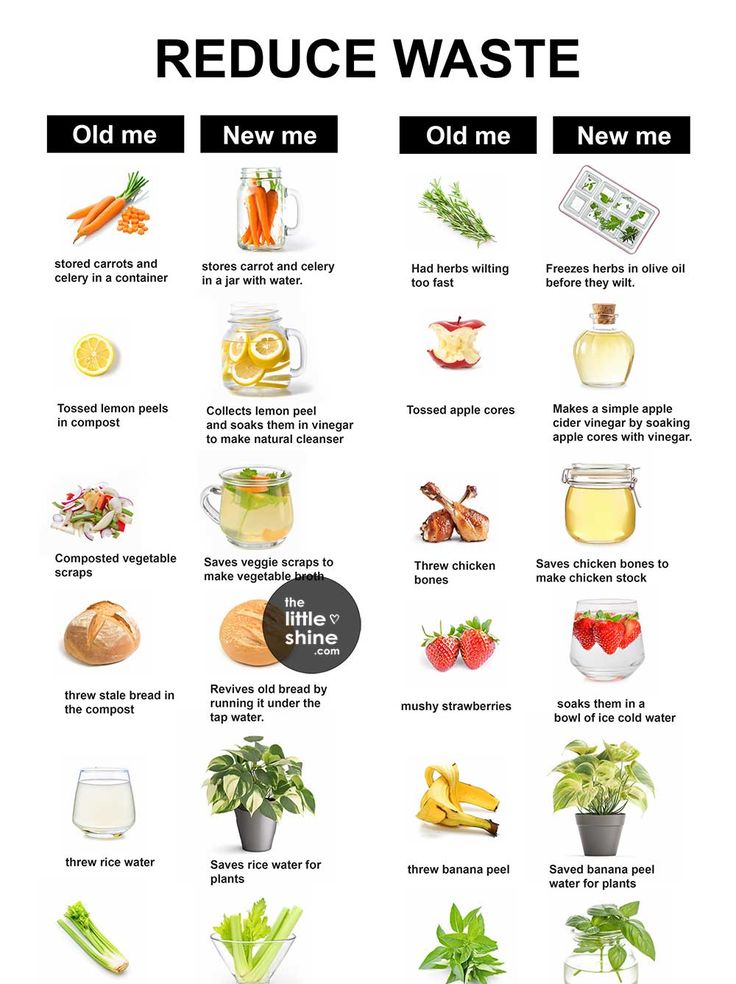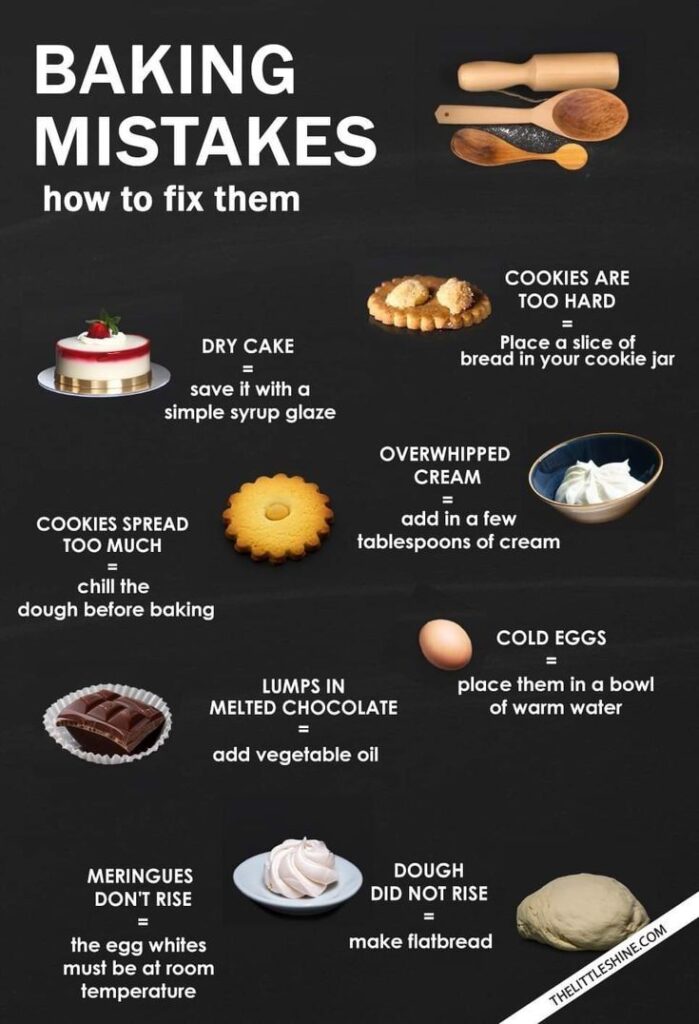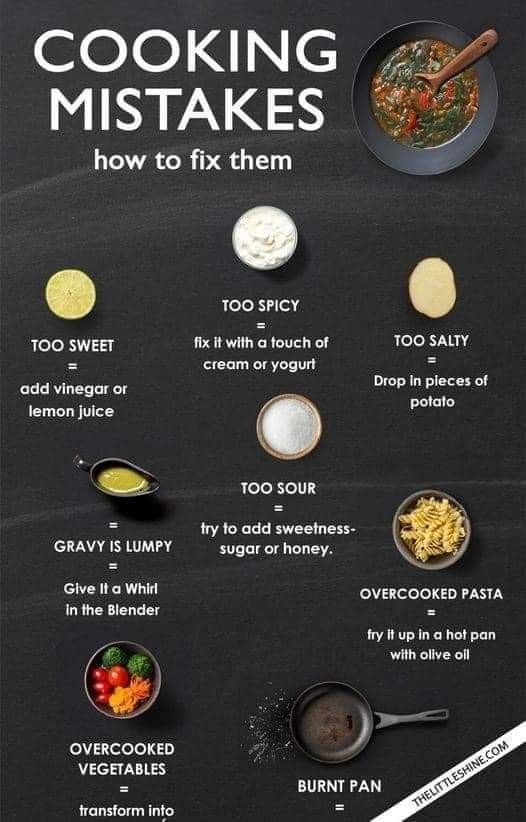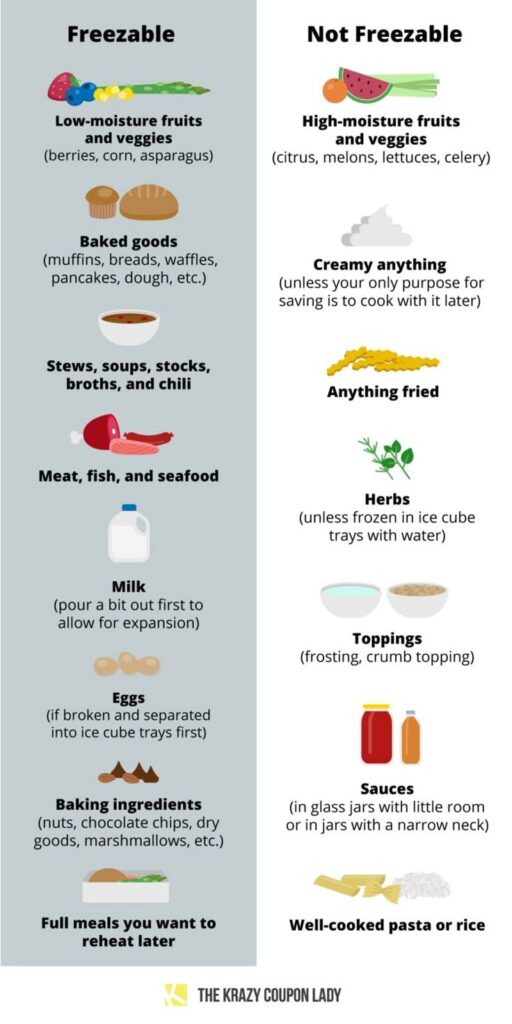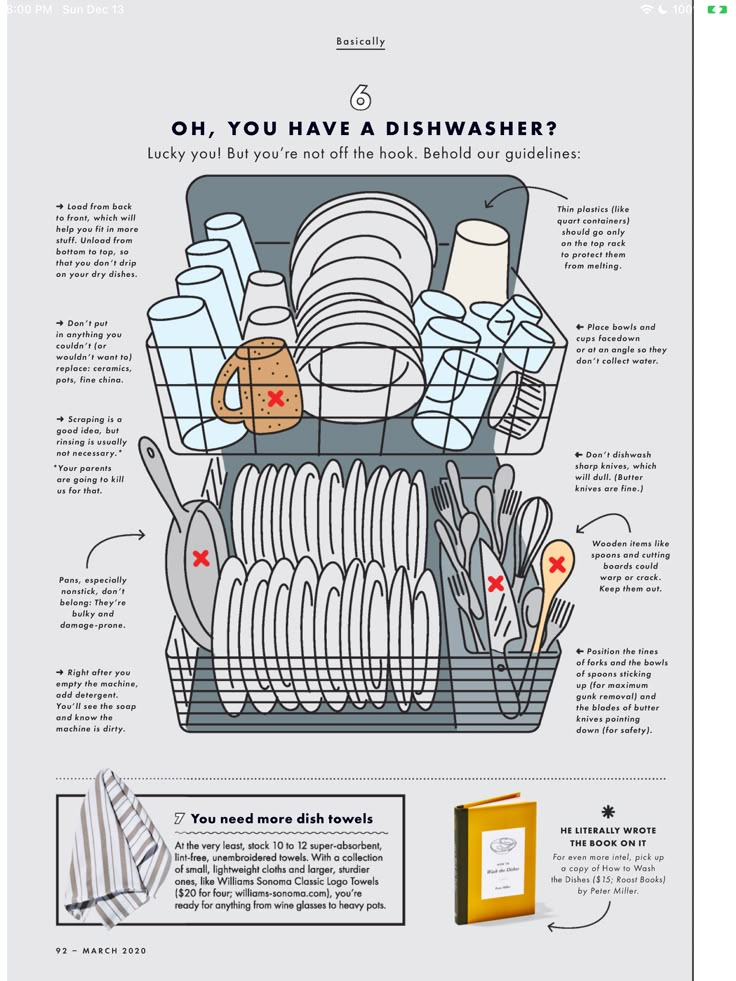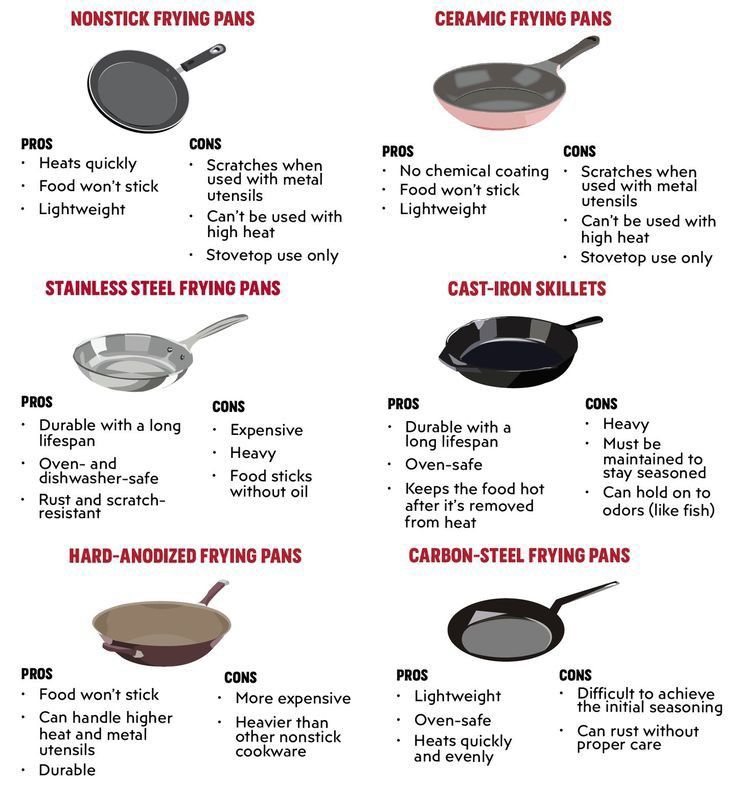
Student Guide To:
COOKING FOR YOURSELF (AND OTHERS)
Whether you’re cooking for the first time or just need some easy, budget-friendly ideas, this guide is for you.
As a student, learning to cook comes with its challenges—from finding quick, simple recipes for busy weekdays to gathering the right ingredients and equipment. Thankfully, this page brings together a wide range of helpful resources all in one place! Here, you’ll find easy recipes, a list of available cooking classes, tips for cooking in community, and practical tools to help you get started in your own kitchen.
Featured Recipe
Simple Recipes
The recipes listed below, much like most of the ones found in the many cookbooks of our campus archive, are meant to be easy and affordable to make, all while catering to a range of needs and preferences. Whether you’re cooking for yourself after a long day of classes or trying to throw together a quick meal for friends, these recipes are flexible and forgiving. We’ve also included a recipe key to help you navigate according to diet, price point, and cooking time—making it easier to find something that works for you.
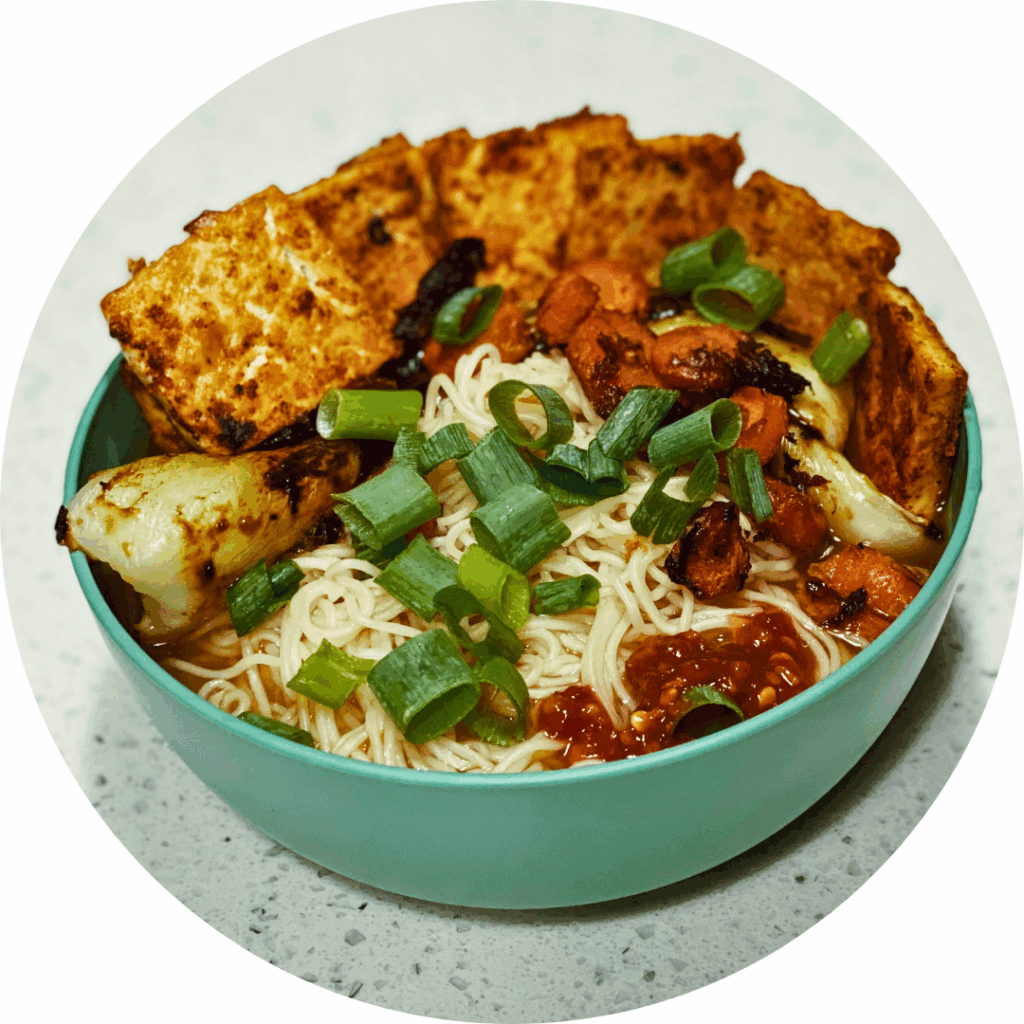
(Roots & Recipes) Page 7
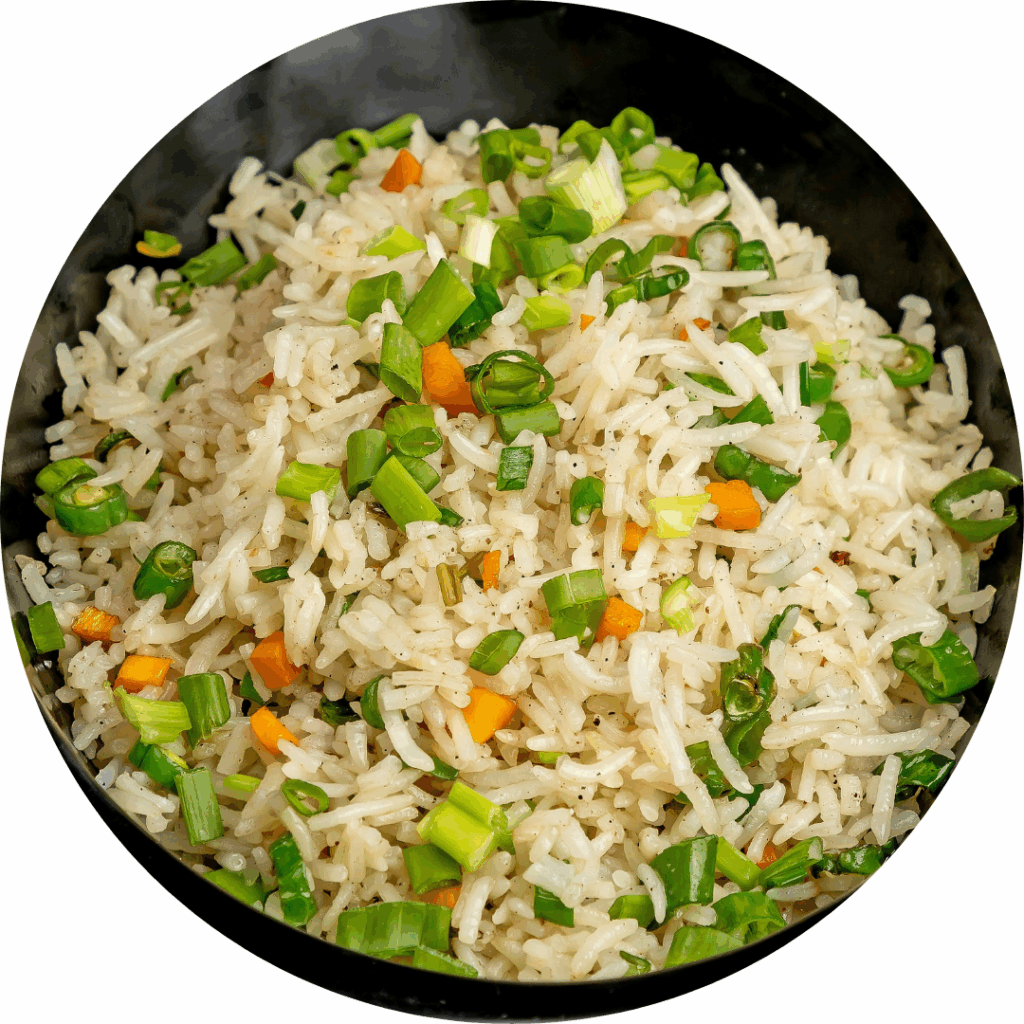
(Vegan on a Shoestring) Page 82
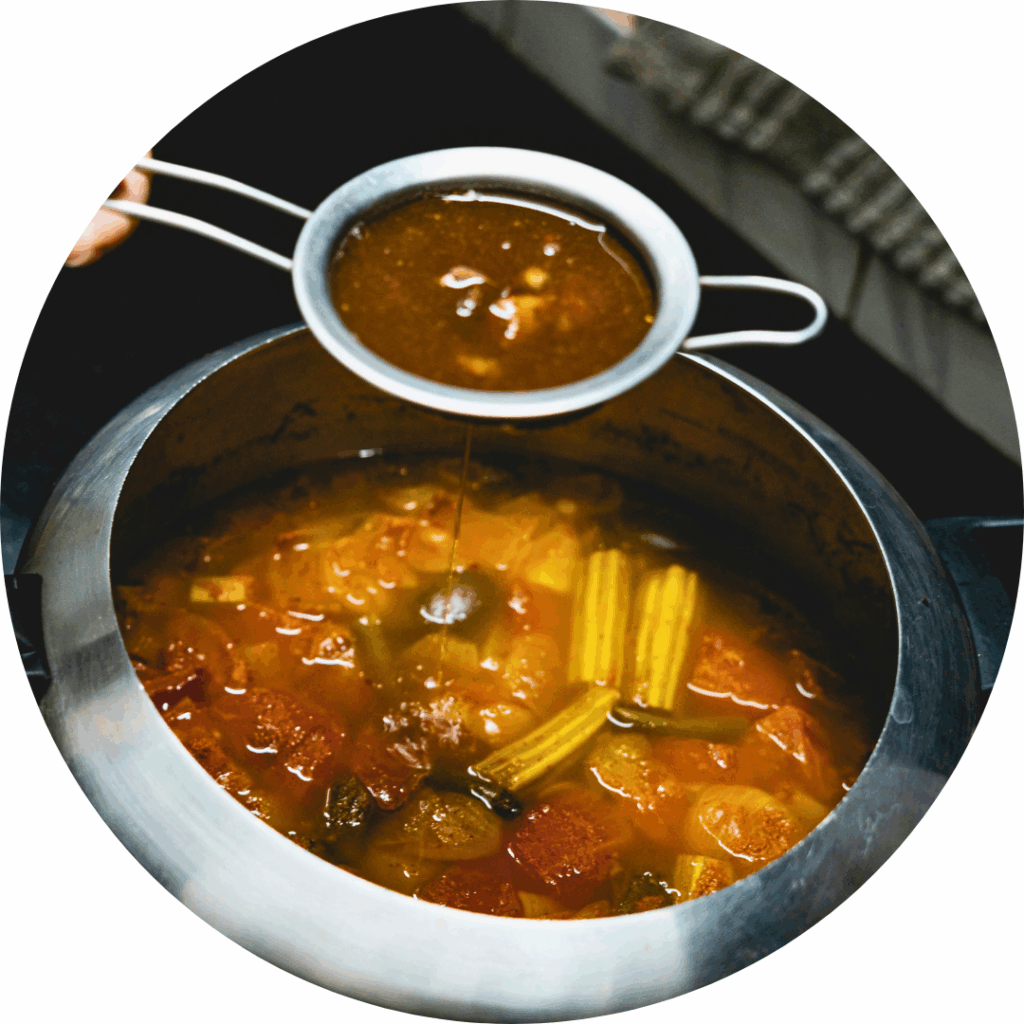
(Mo’ hubbs’) Page 5

General tips and tricks for starting to cook
Planning
When making a new recipe, always read the whole thing through; make sure you have all needed ingredients and equipment to execute it.
Some recipes require cooling, chilling, resting, or other such steps that require a lot of time; choose one appropriate for the time you have to avoid cooking under stress.
Making
If cooking daily is not realistic for you due to other engagements, consider meal-prepping: dedicating one day a week where you usually have fewer plans to cooking all your meals for the week ahead can be a solid solution.
Learning to cook is also a venture in learning to trust your instincts. Don’t like or can’t have a certain ingredient? Remove or change it to something similar!
Debriefing
Keep a bookmark folder of your favourite recipes for easy referral.
Whenever possible, take some time to reflect on what you’ve made: a notebook of notes about your personal modifications can be a useful tool to look back on.
Cooking Websites for Students
Easy plant-based recipes that require minimal ingredients
Low-cost, student-friendly recipes and tips to help you eat well without breaking the bank.
Step-by-step recipes, meal planning tools, and smart kitchen integration to make home cooking easier and more interesting.

Cooking Apps for Students
Use this app to enter ingredients you have, and it suggests recipes
An app designed to build your cooking confidence with personalized lessons, interactive tutorials, and practical skills for everyday meals.
A visually rich app that inspires home cooking through easy-to-follow recipes, how-to videos, and global food stories.

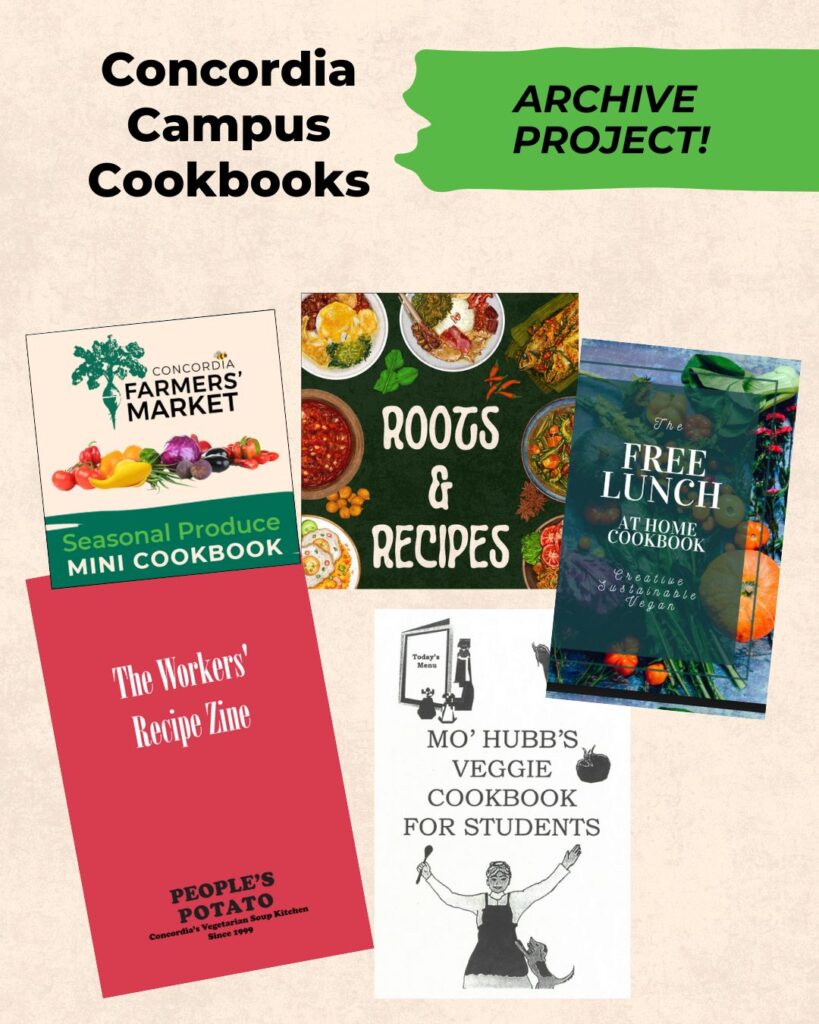
Many campus food groups have created cookbooks over the years, compiling their most popular recipes and tips for cooking for large groups.
You can now view them all for free on our new CFC Campus Cookbook Archive.
Taking Classes

Learning to cook can feel overwhelming, but you don’t have to figure it all out alone. Right here on campus, there are a variety of classes that can help you build skills and gain confidence in the kitchen, as well as discover an array of new recipes. Whether you’re looking for workshops, short courses, or casual drop-in sessions, this list will point you toward opportunities to grow your kitchen know-how without having to travel far.
Cooking Class
The International Students Office (ISO)
“Join us as we partner up with Innovation Youth for a cooking class! The host organization, Innovation Youth, is about combating food waste, and therefore there will be some imperfect ingredients, and you learn how to transform them into something delicious!”
Healthy eating on a budget: Cooking class & workshop for students!
CU Wellness & Health Services and School of Health
“Are you looking to eat healthy, save money, and enjoy delicious meals? CU Wellness, Health Services and the School of Health invite you to join our Healthy eating on a budget cooking class & workshop!”
In this workshop, you get to cook multiple delicious meals with other students, receive important nutritional information, and take home some portions.
ISO workshops have consistently run biweekly from September to November.
Check their events and workshops page to keep updated!
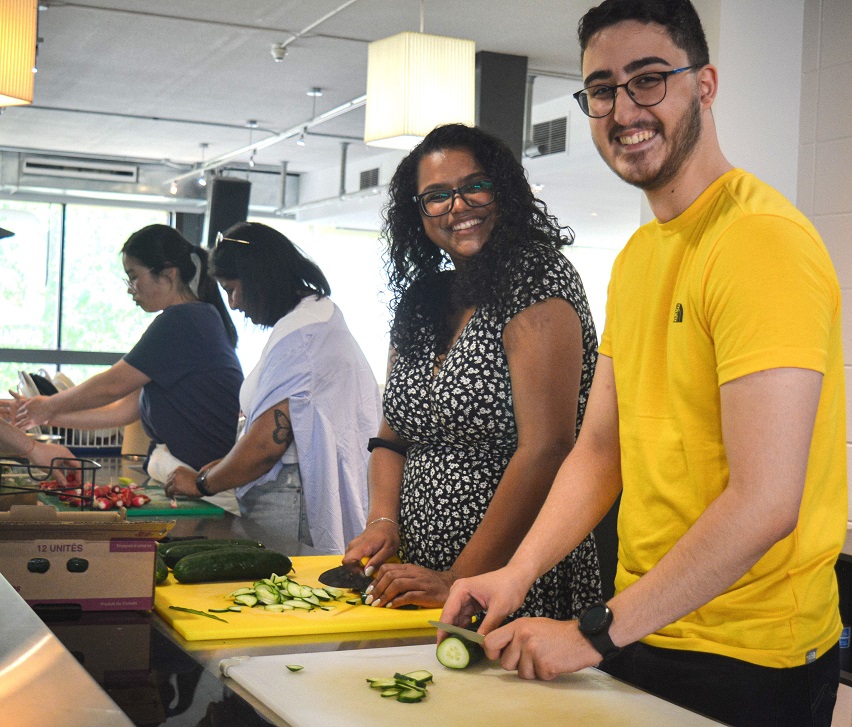
The CU Wellness workshop series took place monthly from January to April.
Check their wellness workshop schedule to keep updated!
No time or availability to attend classes in-person? Check out these reputable video resources and learn all your basic skills from the pros!
How to Cook by Jamie Oliver
Some simple tips and tricks with chef Jamie Oliver to help you get better in the kitchen.
Basics with Babish by Andrew Rea
Beginning with essential kitchen tools, Andrew Rea walks viewers through basic techniques and classic recipes so everyone can make beautiful meals at home.
Homemade Fast Food by Pro Home Cooks (Mike Green)
Mike is a learning home cook himself who, throughout the history of his YouTube channel, takes viewers through his entire personal journey of learning to cook.
Community Cooking

Cooking isn’t just about feeding yourself—it’s also a powerful way to connect with others and rethink your relationship with food. Sharing meals, preparing food together, and learning from one another are all ways to build community and honour diverse food traditions. Here, you’ll find resources for getting involved with group cooking projects, tips for hosting community meals, and ideas for using food as a starting point for decolonizing your food practices and deepening your understanding of where what you eat comes from.
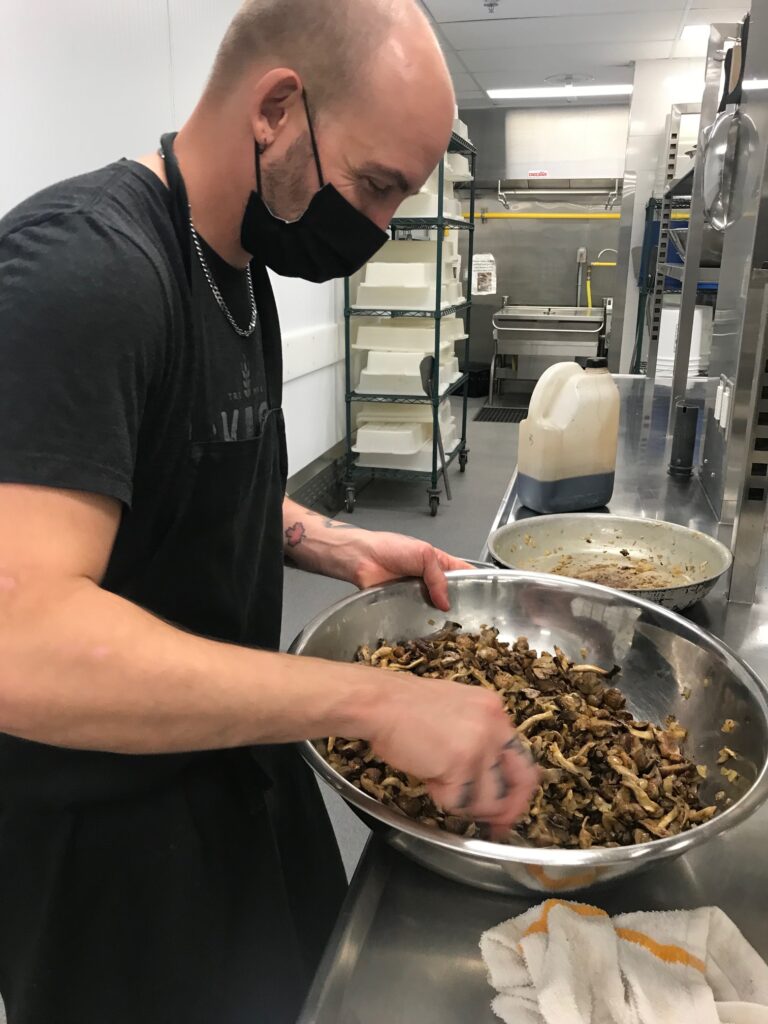
Justin from the Hive Free Lunch offering a mushroom cooking overview workshop at FungiFest, October 2024.

Cooking with other community members
Carrefour solidaire’s Collective and community kitchens
Operating on a flexible suggested contribution, members of these workshops agree to be present for an entire session. CS provides a facilitator, a certified kitchen, groceries, and materials, participants decide on a menu, and each group cooks three recipes every week or two weeks.
The winter-spring 2025 program is currently underway until the end of May.
Check out their website to keep updated when the new interest form opens!
Community Cooks Collective (CCC)
“CCC hosts a bi-weekly event series organizing the cooking, collection, and delivery of bulk home-cooked meals to local shelters supporting people in Tiotià:ke / Montreal experiencing food insecurity.”
In-person cooks happen biweekly and require sign-up.
Check out their Instagram to keep updated with the next one and access the form!
NDG Food Not Bombs
“Food Not Bombs is a decentralized group of worldwide mutual aid collectives dedicated to distributing free vegetarian meals made of surplus food while also raising awareness on social issues. We aim to bring attention to the injustice of a system that prioritizes profits and funding imperialist wars over the providing for the needs of people. NDG FNB Is a mutual aid collective serving free meals in NDG.”
Volunteering sessions happen weekly for those looking to help with cooking, serving, or driving between those respective locations.
Check out their Instagram to learn more and access their sign-up form.

Cooking for community groups
On cooking for large groups:
Whether it’s a campus meeting, a community organizing event, or a mobilization, cooking for a crowd comes with its own set of challenges, but also incredible opportunities for connection and care. Such a task doesn’t have to be overwhelming if you plan thoughtfully and work with others.
Here are some tips, tricks, and resources to help you make it happen.
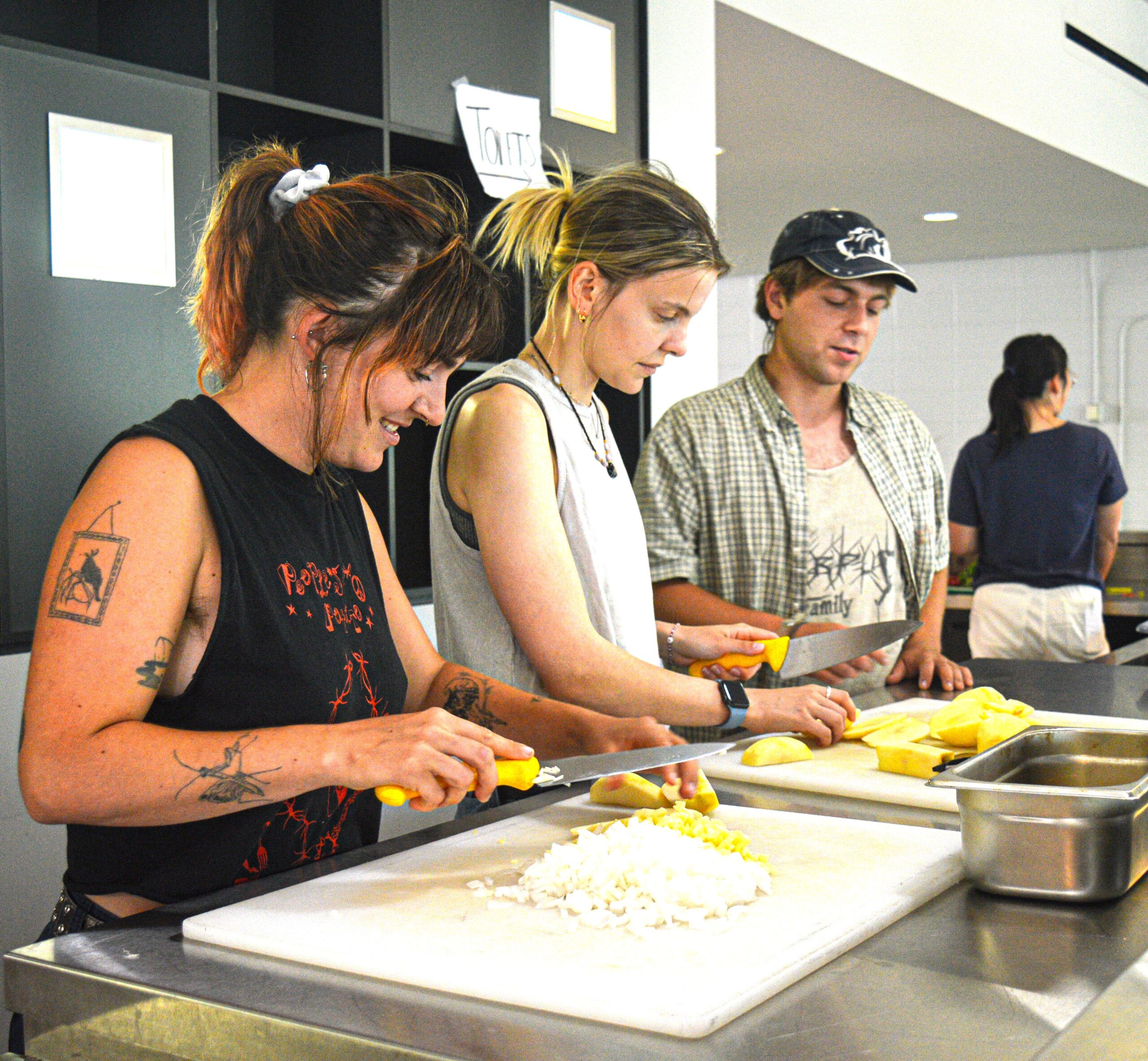
Plan simple, scalable menus: recipes that can easily be doubled, tripled, or even multiplied by ten, are ideal; think stews, pasta dishes, rice bowls, chili, or hearty salads.
Prioritize dietary needs: always assume there will be a range of preferences and restrictions (vegan, gluten-free, nut allergies). In cases where all food is not in line with said diets, clearly labeling dishes keeps everyone safe and ensures all feel welcome.
Assemble a team: cooking for 50+ people is a lot more doable with a crew. Break tasks into stations and make it a collective effort, or reach out to an existing group, such as the People’s Potato, to outsource this responsibility.
Nourishing Resistance: Stories of Food, Protest, and Mutual Aid
“Nourishing Resistance centers the role of everyday people in acts of culinary solidarity. Twenty-three contributors—cooks, farmers, writers, organizers, academics, and dreamers—write on queer potlucks, BIPOC-centered farms and gardens, rebel ancestors, disability justice, indigenous food sovereignty, and the fight against toxic diet culture, among many other topics.”
Protest Kitchen
“Protest Kitchen is the first book to explore the ways in which a more plant-based diet challenges regressive politics and fuels the resistance. A provocative and practical resource for hope and healing, “Protest Kitchen” features over 50 vegan recipes (with alternatives for “aspiring vegans”) along with practical daily actions.”

Feeling up to starting your own community cooking project? Take inspiration from these existing ideas:
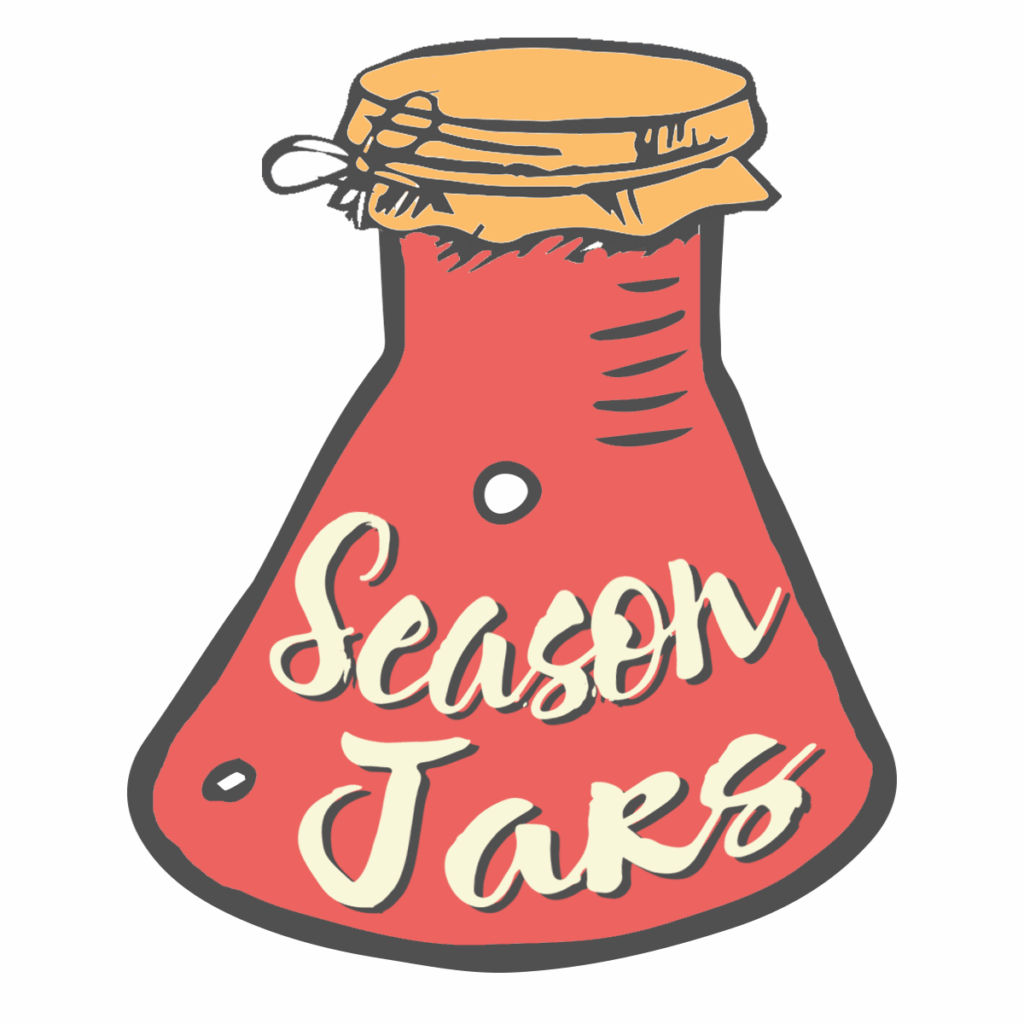
(collective food preservation)
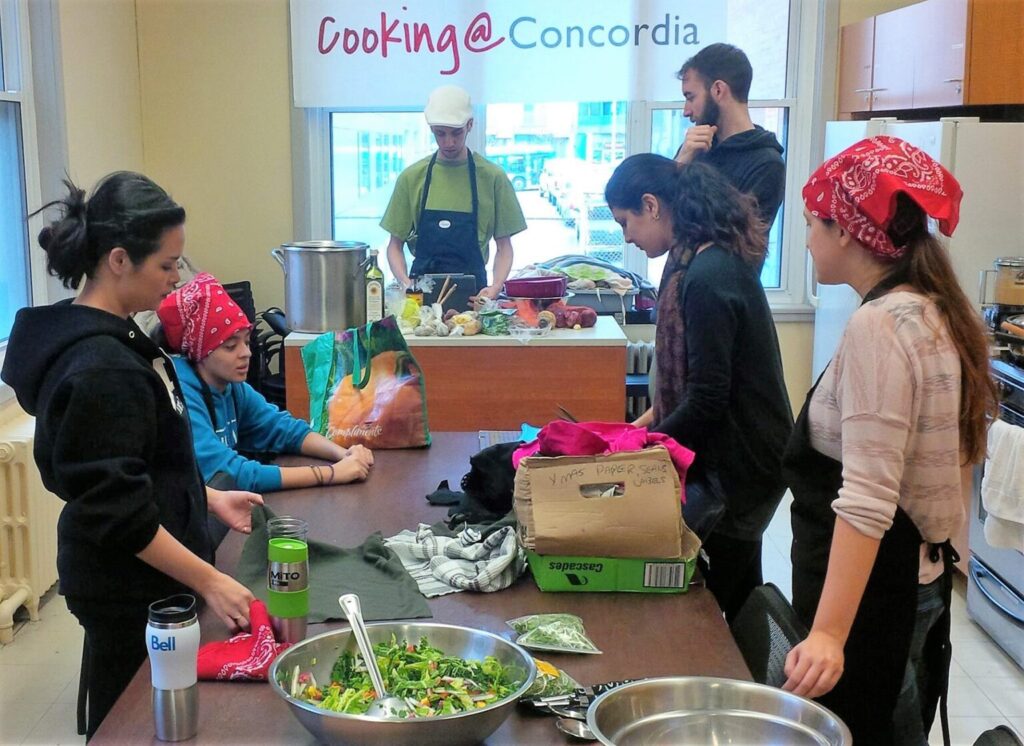
(hands-on workshops)
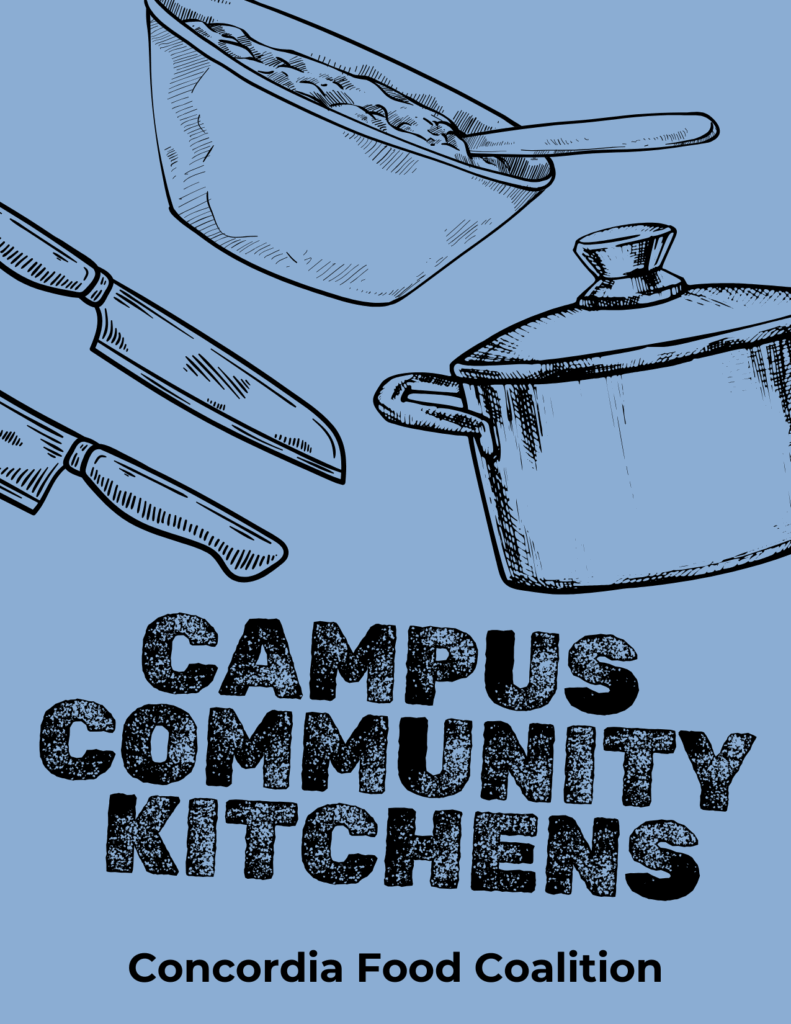
Simply don’t have the amenities at home, or looking for a bigger space where you could cook with others? Check out our campus kitchen zines for more information on all the spaces available to you!
Click to view the full guide.
Setting Up Your Kitchen
Starting your own kitchen setup as a student can feel like a daunting (and expensive) task. It’s easy to get overwhelmed by the endless possibilities of tools and hone in on what you’ll need for daily cooking. This section is here to help you focus on the essentials: the must-haves you’ll actually use, affordable ways to stock your kitchen over time, and practical tips for gathering what you need without breaking your budget or taking over your storage space.
Organizing the space:
A small kitchen works best when everything has a place. Good organization saves you time, cuts down on stress, and helps make cooking feel like less of a chore.
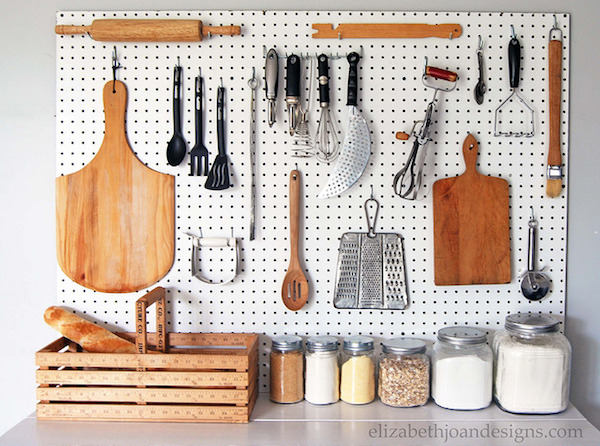
Basic Food Safety Storage:
Good storage habits help you stretch your ingredients further. Here’s how to keep your food fresh, organized, and ready when you need it.
- Label leftovers with tape and their storage date so you can keep track of what needs to be eaten first.
- Store dry goods like rice, pasta, and beans in airtight containers to keep pests out.
- Let hot foods cool on the counter before refrigerating to avoid moisture buildup and bacterial growth.
- Look up and learn the basic storage needs of what you cook: for example, perishables like dairy and meat need to be in the fridge within 2 hours.
Organizing the space:
- Keep your most-used tools (like knives, cutting boards, spatulas) within easy reach.
- Use your vertical space. Hooks, shelves, and magnetic strips are great in small kitchens.
- Store similar items together (spices in one bin, baking supplies in another) to save time.
- Invest in a few stackable containers to organize dry goods like rice, oats, and pasta.
- Leave a small workspace always clear for quick and easy prep.
Basic Food Safety in Preparation:
Learning a few simple food safety practices can go a long way in making sure your meals are not only tasty but also long-lasting in storage and safe to eat.
- Always wash your hands after handling raw meat, fish, or eggs.
- Use separate cutting boards if possible, one for produce and one for meat.
- Keep raw foods and ready-to-eat foods apart to prevent cross-contamination.
- Invest in a good, food-safe surface cleaner to make your tidying process trustworthy every time.
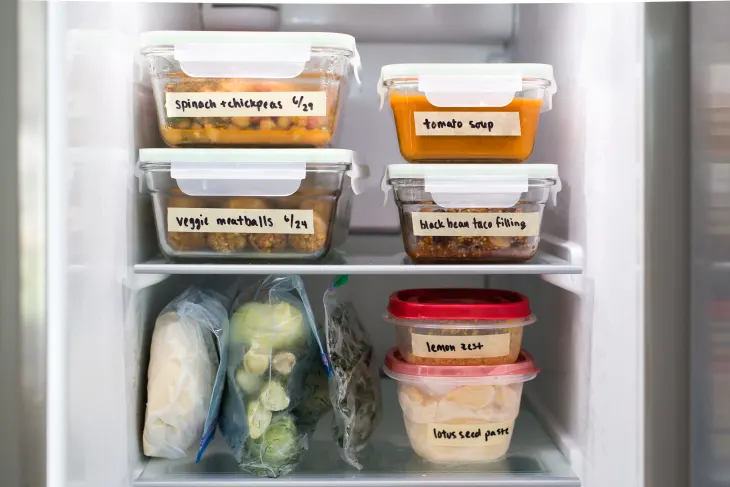
Equipment:
You don’t need a fancy setup to make great food. Here’s a list of essential tools to get started and help you prioritize the few items that really make a difference.
🍳 Basic Cookware & Bakeware
- Frying Pan/Skillet – For stir-frying, sautéing, and frying.
- Saucepan (Small & Medium) – Ideal for boiling, simmering, and heating.
- Large Pot/Stockpot – Great for pasta, soups, and batch cooking.
- Baking Sheet/Tray – For roasting vegetables or baking cookies.
- Casserole Dish – Optional but useful for one-pan meals.
- Colander/Strainer – Essential for draining pasta, rice, and rinsing produce.
🔪 Prep & Utensils
- Chef’s Knife – A versatile, all-purpose knife.
- Paring Knife – For smaller tasks like peeling or chopping.
- Cutting Board – Preferably one for veggies and another for meat.
- Mixing Bowls (Set of 2-3 Sizes) – For meal prep and mixing.
- Measuring Cups and Spoons – For accuracy in cooking and baking.
- Vegetable Peeler – Speeds up prep time for fruits and vegetables.
- Grater/Zester – Handy for cheese, citrus zest, and more.
🍴 Utensils & Tools
- Wooden Spoon/Spatula – For stirring and sautéing.
- Slotted Spoon – Great for draining liquids.
- Tongs – Ideal for flipping and serving.
- Ladle – For soups and stews.
- Whisk – For mixing sauces, batters, or eggs.
- Can Opener – For canned goods.
- Bottle Opener/Corkscrew – For bottles and wine.
- Pizza Cutter or Scissors – Optional but handy.
🍲 Storage & Organization
- Reusable Food Containers – For storing leftovers or meal prepping.
- Ziplock Bags or Silicone Pouches – For snacks or freezing portions.
- Aluminum Foil & Parchment Paper – Useful for cooking and baking.
- Spice Rack/Organizer – Basic spices like salt, pepper, garlic powder, chili flakes, etc.
- Fridge Storage Bins – Keeps food organized in small spaces.
Check out these great resources!
Meal planning, Food storage & Waste reduction tips
Small Space Vertical Storage Ideas
10 Basic tips all students should know

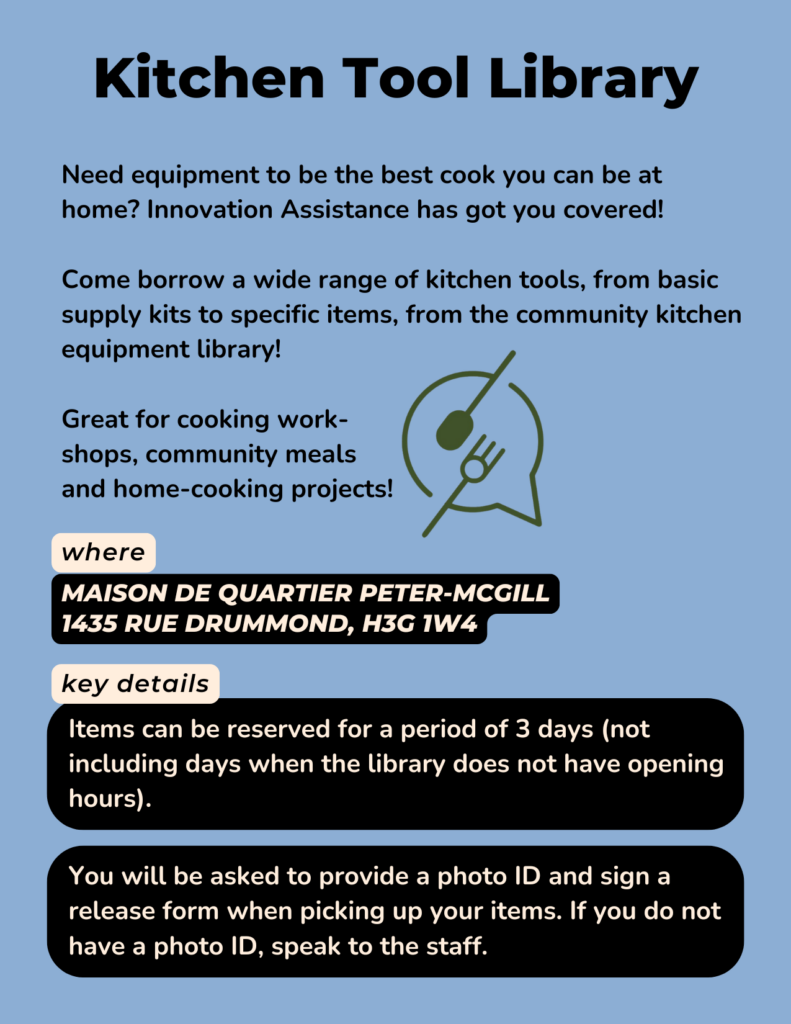

Check out our campus food map for grocery stores around campus with diverse options and student discounts.

